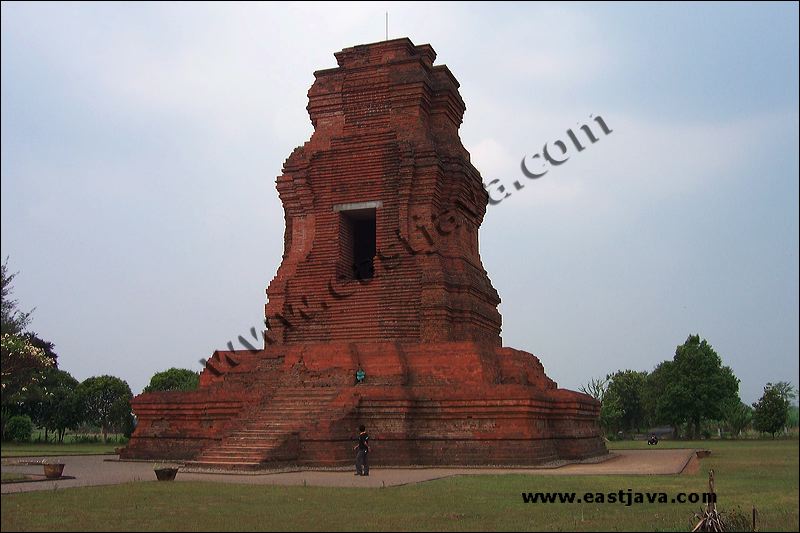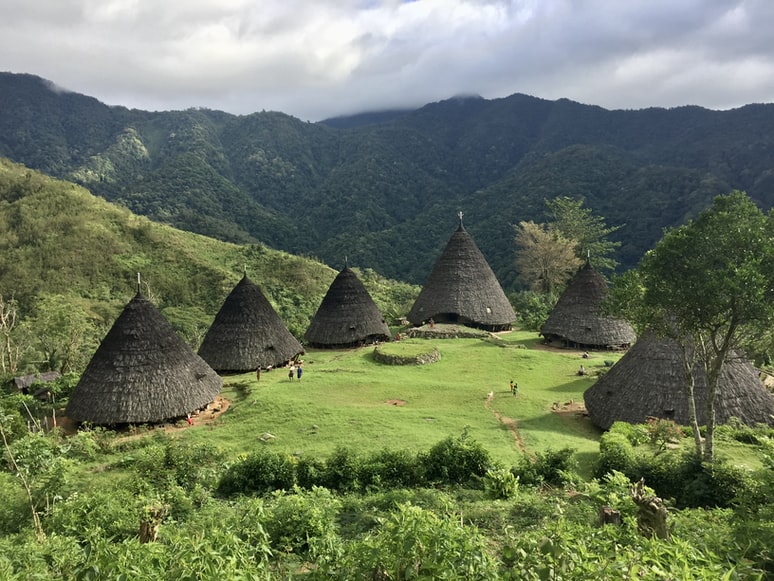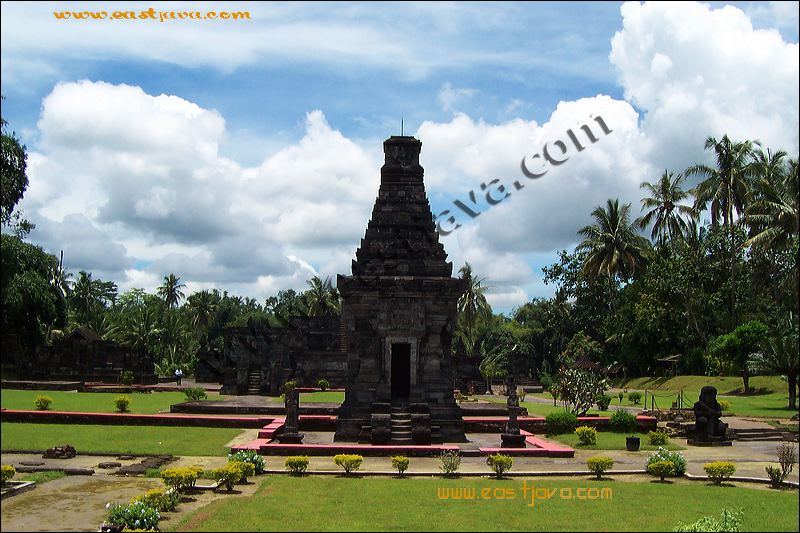As one of the centers of government during the royal period, East Java has many historical sites that can be visited, temples for example. The building is so beautiful and aesthetic attracts many tourists, both local and foreign. Moreover, you can while getting to know the past history of these valuable relics. What are the temples in East Java?
Penataran Temple
This temple is located in Penataran Village, Blitar Regency. Penataran Temple is believed to be the largest in East Java and has existed since the Kediri Kingdom in 1200 AD. Written in the Negarakertagama book, Penataran Temple is also known as Palah Temple. There is a peculiarity in the reliefs, it is the human form that depicted by leather puppet.
Brahu Temple
This temple is still part of the Trowulan Archaeological Site Area, the former capital of Majapahit. The temple, which was built using red bricks, is about 22.5 meters long, 18 meters wide and 20 meters high. This temple is believed to have been founded in the 15th century AD. There are other temples around that collapsed, such as Muteran Temple, Gedung Temple, Middle Temple and Gentong Temple.
During the excavation period, ancient items such as jewelry, metal religious tools, and statues were often found. Previously, Brahu Temple was believed to be used as a place for burning the bodies of kings. The location of Brahu temple is located in Jambu Mente, Bejijong Village, Trowulan District, Mojokerto Regency, East Java.
Badut Temple
The temple, which is about 1400 years old, is a relic of Prabu Gajayana, the ruler of Kanjuruhan Kingdom which is listed on Dinoyo inscription of 760 AD. The architecture is referred to the transition of classical building styles from Central Java to East Java.
Like other Hindu temples, there are niches containing statues on the outside. Two niches on the right and left of the door should contain statues of Mahakala and Nandiswara. Found in 1921, the Badut Temple is still a hill of ruins. In terms of relief, this temple has similarities with Dieng Temple in Central Java. This temple is located in Karang Besuki, Dau District, Malang Regency, East Java.
Singosari Temple
As the name implies, this temple has close historical connection with the Singosari Kingdom. This temple building is in the middle of the courtyard. The body of the temple stands on a footstone with 1.5 meters height without decoration. At first glance, the Singosari Temple building looks like two layers, even though it is not.
The temple, which is located in Candirenggo Village, Singosari District, Malang Regency, is also known as Cungkup Temple or Menara Temple, because it was the tallest in its time. Singosari Temple is a Shiva temple which was built to honor the king Kertanegara.
Bajang Ratu Temple
The community calls the Bajang Ratu Temple as Gapura Bajang Ratu, because the building was used as a sacred place to commemorate the death of King Jayanegara. The distinctive red bricks are the main feature of the temple. This Majapahit heritage building has one door without a main room and without any niche on the outside. Every detail of this building is very interesting. Everything looks complicated and stunning. The location is at Jalan Candi Tikus No. 9, Pelem, Temon, Trowulan District, Mojokerto, East Java.
Tikus Temple
Still in Trowulan area, Tikus temple has a court or a family royal bath form. History and archeology experts state that this temple could have also functioned as a place for water distribution and a place of worship. To get to this historical site, you will pass two other historical sites, namely the Segaran Pool and the Bajang Ratu Temple. Both are on the left side of the road, as well as Tikus temple. The location is on Jalan Raya Trowulan, Jatirejo, Temon, Trowulan District, Mojokerto, East Java.
Jago Temple
Jago temple is in terraces form, the higher you go, the smaller the size. It is about 10 meters high and about 14 meters wide, with 24 meters length. Founded in 13th century during Singosari Kingdom, this temple was built using andesite rock. You can find the reliefs of Kunjarakarna and Pancatantra here.
According to Negarakertagama and Pararaton books, the construction of Jago Temple took from 1268 AD to 1280 AD by order of King Kertanegara. The lotus motif on the temple signifies the connection between Jago Temple and Singosari Kingdom. This temple is located on Jalan Wisnuwardhana, Tumpang, Tumpang District, Malang, East Java.
Jolotundo Temple
This temple shaped like a bath or bathhouse which is a relic of King Udayana which was given to his son, King Airlangga, after crowned as Raka Sumedang Kahuripan. The springs here are believed to be able to cure diseases, so it is always crowded with visitors.
The location is at 800 meters above sea level, precisely on the western slope of Mount Penanggungan. Jolotundo temple has a water place with stone walls. There is a terraced pond, as well as a fish pond measuring 6×8 meters. Jolotundo Temple commonly visited at night to perform certain rituals. This temple is located in forest area, Trawas, Mojokerto, East Java.
Belahan Temple
Belahan or Sumber Tetek Temple is also known as Pertirtaan Belahan. This bathhouse was built in 11th century during the reign of King Airlangga. The bath is in a rectangular pool with water source from a small river. Historically, this bathhouse was used to bathe the concubines of King Airlangga.
In this way, two statues of the empress of Prabu Airlangga were built, named Dewi Laksmi and Dewi Sri. The two statues have a stream of water flowing from the bust of the statue, that’s why the baths are often referred to as the source of breasts. The location of this temple is in Jowo Belahan, Wonosunyo Village, Gempol District, Pasuruan Regency, East Java.
Jawi Temple
This temple was founded by order of the last king of Singosari Kingdom, King Kertanegara. Have 24.5 meters height, 9 meters width, and about 14 meters length, makes this temple look so majestic. The shape is similar to Prambanan Temple, because the roof combines stupa and tapered cube at the top. This temple uses two different types of stone. At the foot to the hallway using black stone, while the body of the temple using white stone. The location of this temple is on Jalan Raya Candiwates, Prigen District, Pasuruan, East Java.
–sh





